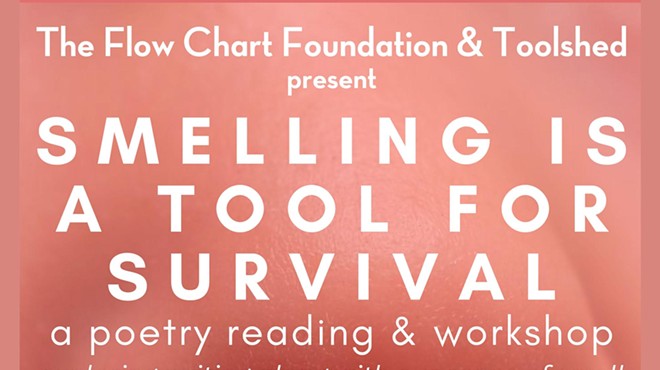Before Stroke Strikes
We've come a long way with stroke care, but there's more work to be done. For now, one key to combating stroke is vigilant awareness—and, like Revkin, listening to your body and acting swiftly. "Often a patient is well aware when the symptoms start but then waits and thinks they'll get better, or goes back to bed, or doesn't listen to their wife," says Sahni. "Even if it does get better it could be a TIA [transient ischemic attack], and if you have a TIA your highest risk of stroke is in the next 48 hours." There is also the empowerment of knowing that, according to the American Stroke Association, about 80 percent of strokes are preventable. "We often have patients who know they've had high blood pressure for years and didn't do anything about it, and now they have a devastating bleed in their head," says Sahni. "Or they've been a smoker their whole life, but they're going to stop smoking now that they've had this stroke and they're paralyzed on one side." Note to self: Don't skip the annual physical. "Even if you feel healthy, you should always make sure your blood pressure is okay, your blood sugar is okay. You can't control the fact that you're going to get older, but there are other things you can control. You can commit yourself to having a healthy lifestyle."
Resources
Ramandeep Sahni, MD (914) 345-1313
David Ober, MD (845) 353-4344
Andrew Revkin Twitter @revkin and @dotearth














